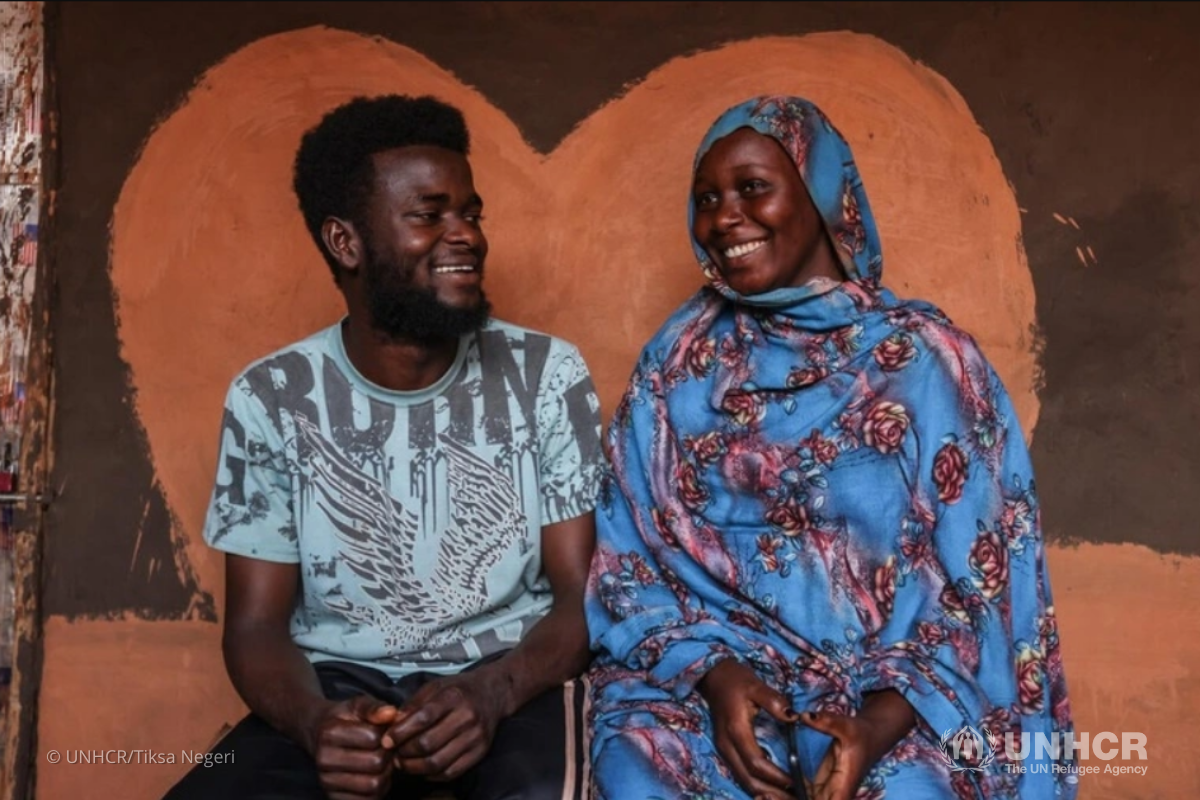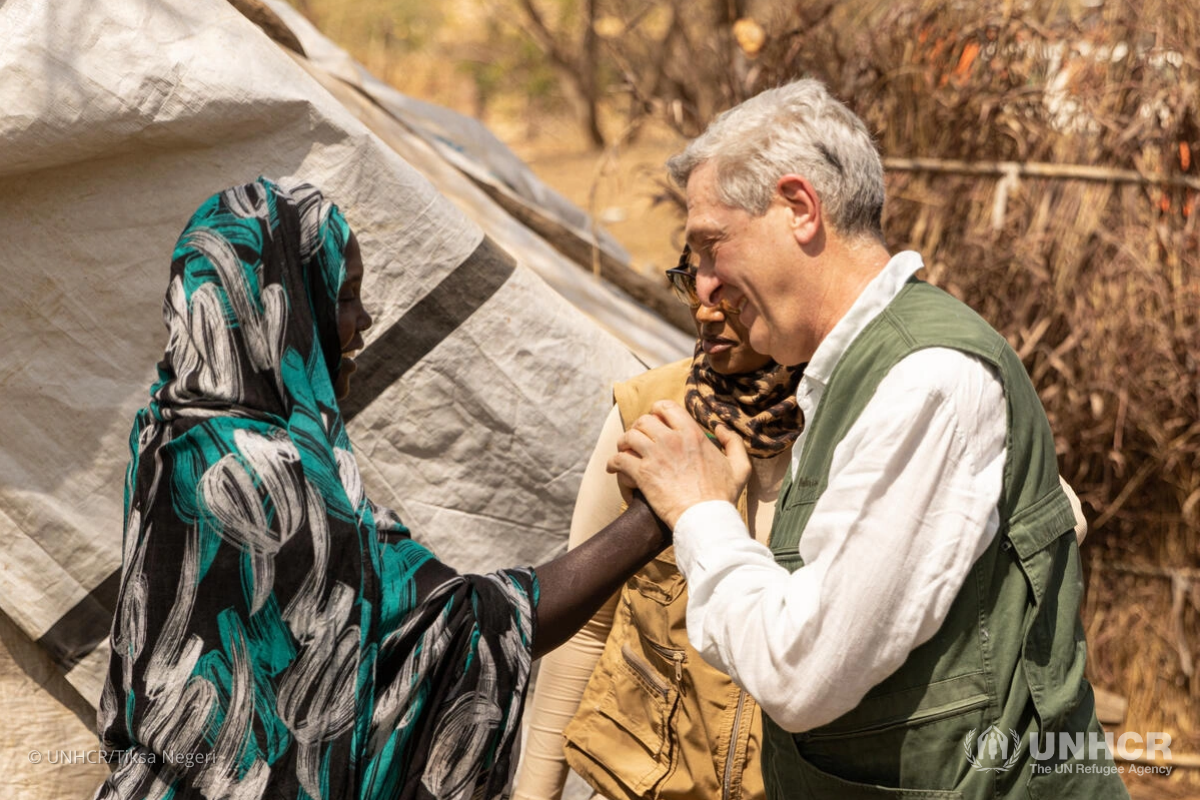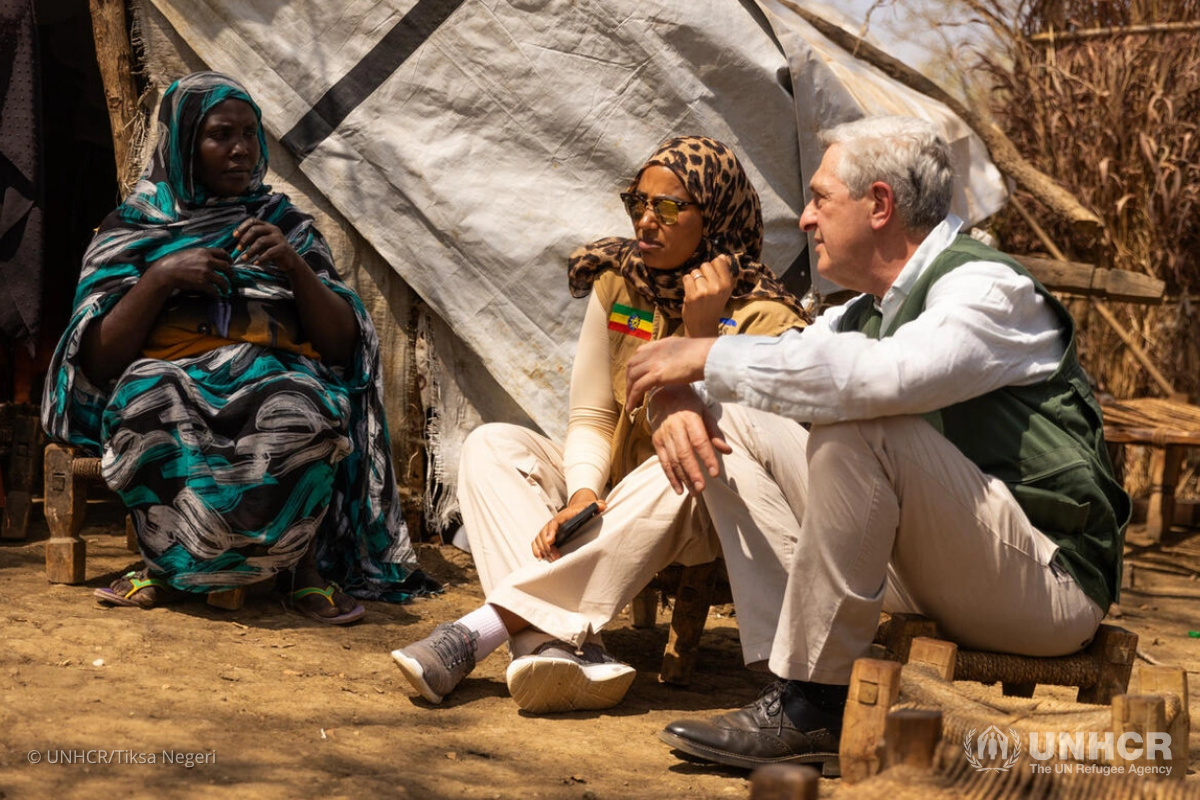VIDEO
Aid urgently needed for Ethiopians streaming into Sudan
UNHCR is on the ground aiding Ethiopian refugees and the forcibly displaced, but resources are stretched too thin. Your gift will offer hope for a safe future.
The UN Refugee Agency is working alongside the government of Ethiopia and local partners to provide humanitarian assistance and protection to millions of refugees, internally displaced people and host communities. UNHCR has scaled up critical assistance to affected populations who lost everything during the conflict and is working with the government to ensure displaced communities are included in national development plans, and to create an integrated assistance program that supports both refugees and host communities.
UNHCR is also coordinating the provision of healthcare with government partners and enrolling women and children in public universities and schools in coordination with the government and World Bank. Recognizing the need for long-term sustainability, UNHCR continues to expand access to alternative cooking fuels and solar power for healthcare centers.
UNHCR needs your support to continue its lifesaving assistance of millions of refugees and internally displaced people in Ethiopia. Due to the recent unrest in Sudan and Somalia, tens of thousands of refugees have fled to Ethiopia and are in desperate need of humanitarian aid and assistance. Support from donors will ensure UNHCR has the capacity to continue assisting the most vulnerable people in Ethiopia.
Learn more about What We Do.
More Facts About the Crisis in Ethiopia
Young couple’s love endures war in Sudan and escape to Ethiopia
Mussa and Jamila had big plans for their wedding day but conflict in Sudan shattered their dreams. They fled to Ethiopia where they are now rebuilding their lives.
Learn MoreThousands of Sudanese fleeing violence cross into Ethiopia
As the conflict in Sudan escalates, Ethiopia continues to absorb refugees, with limited resources.
Learn MoreIn Ethiopia, UNHCR’s Grandi urges more support for people fleeing Sudan
UN High Commissioner for Refugees Filippo Grandi has called for urgent and additional support to meet the needs of the nearly 8 million people displaced by the brutal conflict in Sudan.
Learn MoreSolar cooperative brings light and development to refugees in Ethiopia
A partnership between UNHCR and IKEA Foundation is drawing on the skills of refugees and host communities in Ethiopia’s Melkadida to power a refugee camp.
Learn More


